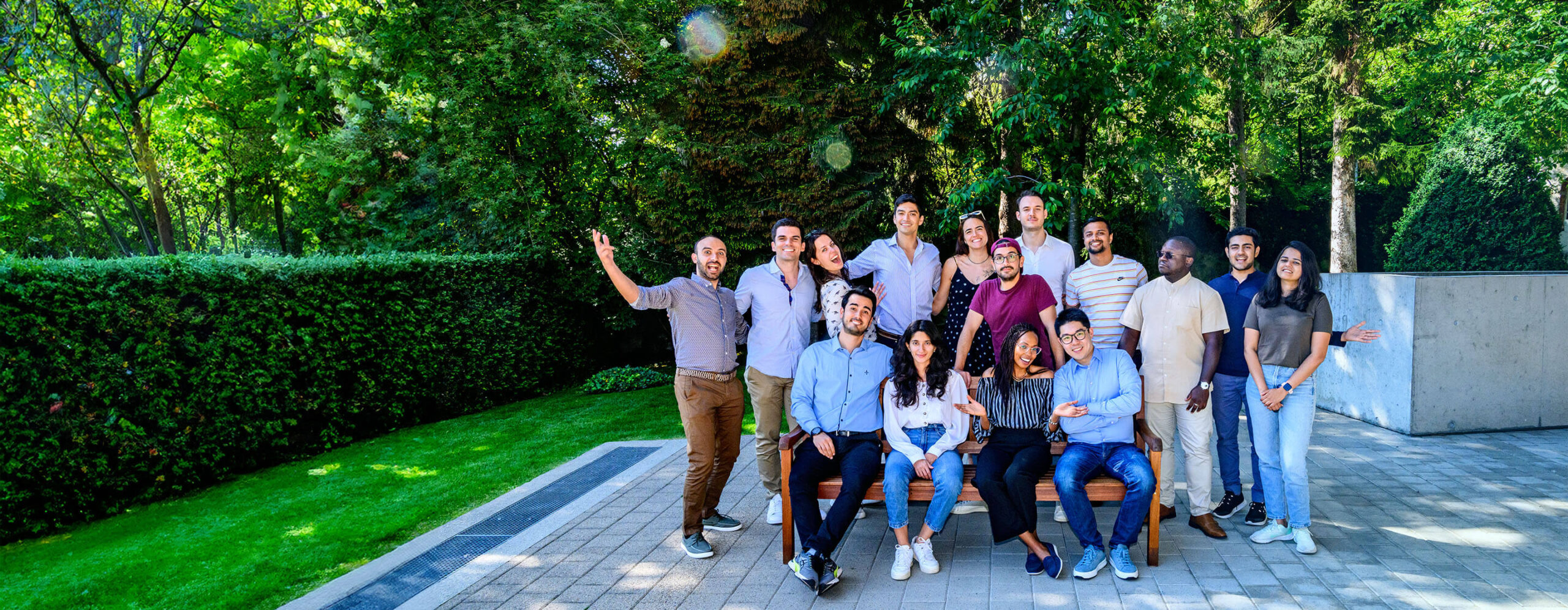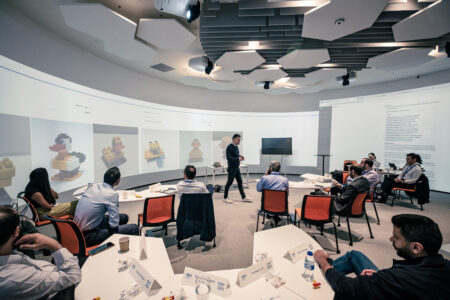In a world where knowledge is power, the most effective leaders embrace a lifelong commitment to learning. With the pace of change accelerating, particularly due to advancements in Generative AI, adopting a mindset geared toward continuous learning has become indispensable.
Traditional leadership models are slowly becoming obsolete, with markets demanding agile leaders who can thrive in uncertainty and adapt to the new age of AI. Achieving this style of leadership requires a commitment to continuous learning, openness to change, and relentless pursuit of excellence.
As organizations strive to stay competitive, leaders must embody agility by fostering a culture of learning and adaptability.
Agile leadership and learning
Agile leadership embodies the continuous transformation necessary to navigate complex challenges. It’s about being able to adjust strategy on the fly while aligning your team and stakeholders toward common objectives.
This leadership style is proactive, not merely reactive, and is deeply rooted in the philosophy that learning never stops—because continuous learning fuels ongoing improvement. This mindset extends beyond personal development to cultivating an organizational culture that values collective learning and growth.
The World Economic Forum highlights this urgency, estimating that more than half of all employees could require reskilling by 2025, with their Reskilling Revolution aiming to do so for 1 billion people by 2030.
Leaders must recognize that existing knowledge gaps can only be bridged through persistent learning. This involves fostering a mindset that values experimentation, adaptation, and a future-oriented view. Far from an innate quality, agile leadership is cultivated by consistently assimilating information and strategically applying it within the organization.
What is the value of continuous learning?
According to a McKinsey report, companies that invest in learning and development are more likely to achieve higher performance and sustain competitive advantages. It creates ambidextrous leaders who can simultaneously consider opposing strategies based on the situation, and who are thus capable of navigating present challenges while preparing for future opportunities.
1. Personal growth for ambidextrous leadership
A commitment to learning can promote adaptability, helping leaders embrace ambiguity and develop a mindset geared toward exploration and execution. Leaders who embrace this mentality are more likely to take calculated risks, learn from failures, and ultimately position their organizations for sustained success.
As Nobel Prize-winning physicist Richard Feynman noted, “We’re trying to prove ourselves wrong as quickly as possible, because only in that way do we find progress.”
2. Embedding Learning into Organizational Culture
Deloitte’s findings reveal that organizations with robust learning cultures are 92% more likely to innovate, boost productivity, and increase profitability. A prime example is Microsoft under Satya Nadella’s leadership, which shifted from a “know-it-all” to a “learn-it-all” culture.
This pivot has been central to Microsoft’s ongoing transformation, supporting hard decisions today while pursuing emerging opportunities.
Leaders must establish feedback loops that integrate new insights into strategic decision-making. This requires replacing outdated strategies with innovative ones as new challenges and opportunities arise.
3. Strategies for nurturing a continuous learning culture
Creating a culture of learning is a deliberate and strategic effort:
- Embrace a growth mindset: View challenges as opportunities for growth rather than obstacles. It’s a fundamental quality of building agile organizations that promote experimentation and risk-taking.
- Combine informal and formal learning: Continuous learning can manifest in various configurations, from structured educational programs to informal knowledge sharing amongst peers. Both avenues are essential for organizations and leaders seeking to gain a comprehensive understanding of their field while staying updated with the latest developments. You can also work with universities to customize programs specific to your organizational requirements.
- Integrate learning into daily activities: Traditional learning once relied on episodic training programs. However, today’s requirement is for a dynamic ecosystem that allows for real-time learning as the needs arise. This can include on-the-job training, shadowing leaders or peers, and allocating dedicated time for focused learning. For example, Google allows its employees to devote 20% of their time to projects they are passionate about which could benefit the company.
- Leverage technology: Use the tools at your disposal, especially with AI-driven platforms providing personalized content to suit individual necessities. Virtual reality setups can also simulate real-world scenarios to make learning effective and engaging.
- Promote feedback: A leader must seek and incorporate feedback into their workflow. This offers an opportunity for clear assessments and constructive personal development. Moreover, it can help align employees with the strategic objectives of the organization for enhanced cohesion.
- Encourage execution of ideas: Build an environment where ideas can be shared, tested, refined, and possibly scaled. Learning should extend beyond mere absorption of information, focusing on the practical application within company processes. This promotes calculated risk-taking where teams can gain valuable insights from both successes and failures.
Continuous learning is not just a nice to have; it is a necessity for effective leadership. Agile leaders understand that learning is an ongoing journey, one that requires openness, humility, and a willingness to embrace change.
By furthering a culture of continuous learning, leaders can build agile organizations that are resilient, innovative, and ready to tackle the challenges of the future.
Discover how IMD empowers leaders for global success through customized executive development programs. Explore client stories.




